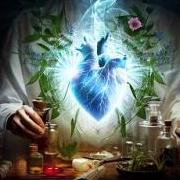Sign in to follow this
Followers
0

Seasonal Plant Medicine - how does your medicine shift with the Seasons?
By
Alchemica, in Ethnobotany

By
Alchemica, in Ethnobotany